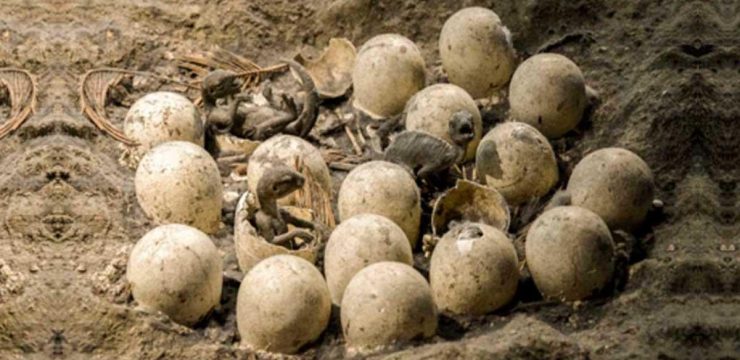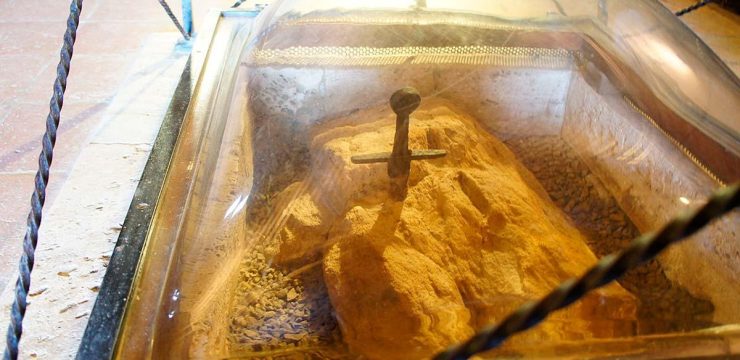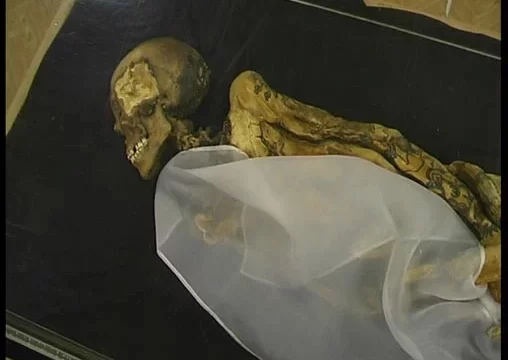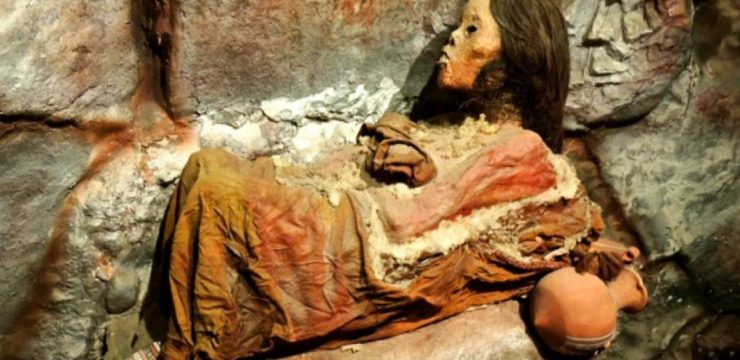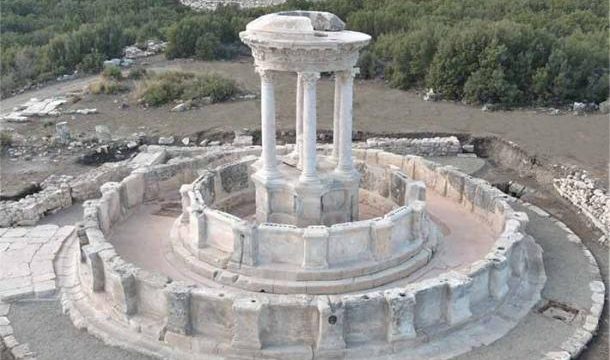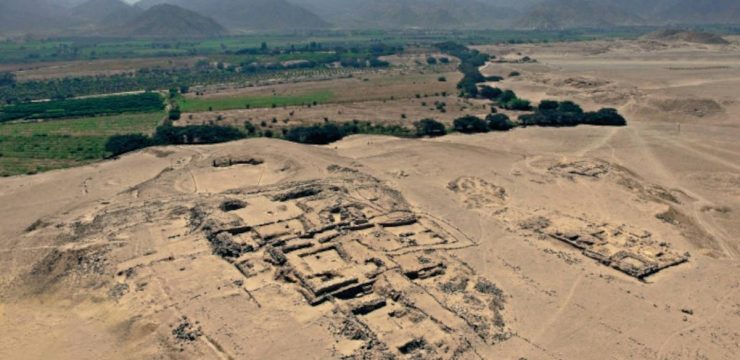In 2012, a groundbreaking discovery forever changed the landscape of British archaeology and royal history. Phillipa Langley, a screenwriter and dedicated member of the Richard III Society, accomplished what many historians and scholars had deemed impossible for centuries—she located the long-lost grave of King Richard III beneath a municipal car park in Leicester, England. This extraordinary find not only resolved a mystery that had persisted since the 15th century but also shed new light on one of England’s most controversial monarchs.
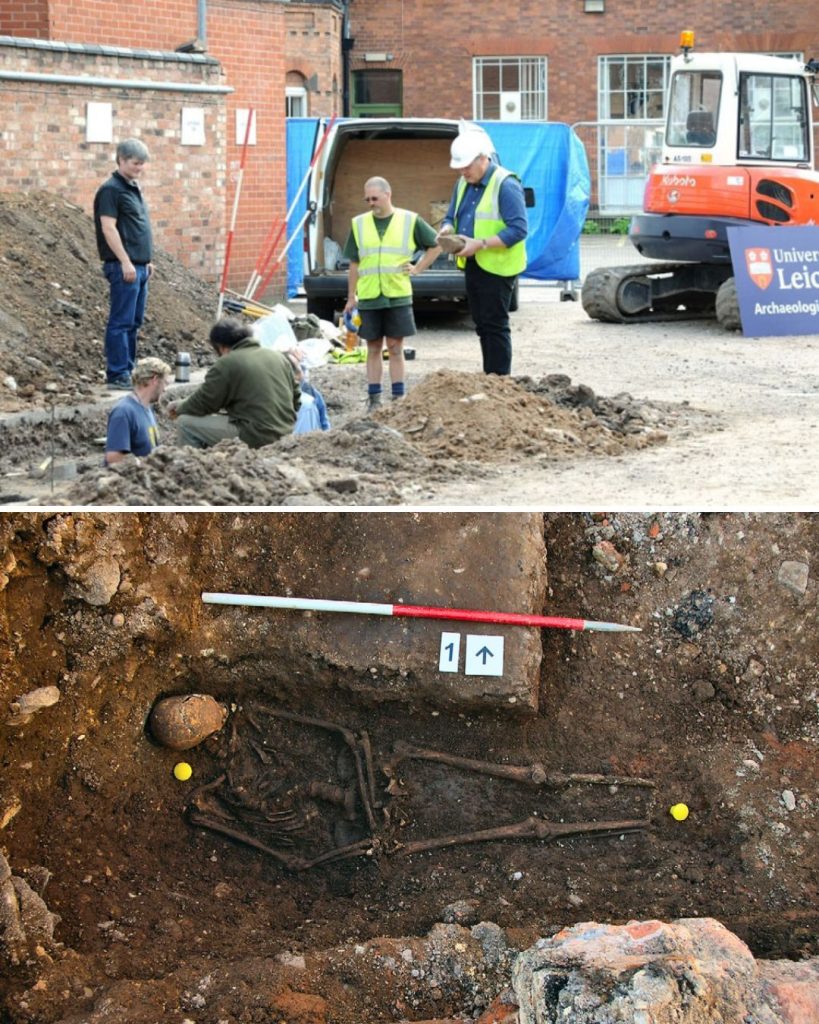
The story of the discovery is as fascinating as the king himself. For decades, scholars had debated the fate of Richard III’s remains following his death in 1485. According to historical accounts, after falling in the Battle of Bosworth Field—the climactic conflict of the Wars of the Roses—Richard’s body was brought to Leicester and buried hastily at the Greyfriars friary. However, following the dissolution of the monasteries under Henry VIII in the 16th century, the friary was destroyed, and the location of the king’s grave was lost to time. Over the years, various theories emerged, but none proved conclusive.
In 1975, an article suggested that the remains might lie beneath what was, at the time, the Leicester City Council’s parking lot. This idea was picked up years later by Langley, who developed a deep personal interest in the monarch and launched the Looking for Richard Project. In August 2012, after raising funds and assembling a team of archaeologists, historians, and scientists, she initiated a formal excavation. The endeavor seemed like a long shot, but what unfolded over the next few weeks stunned even the most skeptical observers.
On the very first day of digging, the excavation team uncovered a human skeleton in Trench 1, directly beneath a painted “R” in the parking lot—a coincidence that later seemed symbolic. The skeletal remains displayed several features that immediately caught the archaeologists’ attention. Most notably, the spine exhibited severe scoliosis, a pronounced curvature that would have caused one shoulder to be visibly higher than the other. This aligned closely with contemporary descriptions of Richard III’s physical appearance, which had been exaggerated into myth over the centuries.
Additionally, the bones showed clear signs of trauma. Forensic examination revealed multiple battle injuries, including several blows to the skull from bladed weapons, consistent with a violent death on the battlefield. Other wounds suggested that the body had been treated roughly after death, possibly as an act of humiliation. These injuries matched historical accounts of Richard’s final moments, when he was reportedly surrounded and killed during a desperate charge against Henry Tudor’s forces.
Still, the team needed more than physical clues to confirm the identity of the remains. DNA analysis played a critical role. Scientists extracted mitochondrial DNA from the skeleton and compared it to that of known living descendants of Richard’s sister, Anne of York. The results were a match, providing powerful evidence that the remains indeed belonged to the last Plantagenet king. Further osteological analysis confirmed that the skeleton was male, roughly in his early 30s, and consistent with the historical records of Richard’s age and stature at the time of his death.
With the evidence mounting, the scientific and historical communities reached a consensus: the remains found under the Leicester car park were those of King Richard III. It was an unprecedented moment in the world of archaeology—a forgotten monarch, vilified by Tudor propaganda and immortalized by Shakespeare as a villain, had been rediscovered in a most unexpected place. But the story didn’t end with the discovery.
Following years of public interest and debate, the decision was made to rebury Richard III in Leicester Cathedral. On March 26, 2015, in a solemn and widely televised ceremony, the king was laid to rest with full honors. His reinterment marked the culmination of a journey that spanned more than five centuries. A specially designed tomb now stands inside the cathedral, drawing visitors from around the world and serving as a tribute to both the man and the incredible journey that led to his rediscovery.
Richard III’s reign, though brief—just over two years—was marked by significant events and legislative progress. He was the first English monarch to have laws written entirely in English rather than Latin, a move that made legal texts more accessible to the public. He also sought to reconcile the longstanding feud between the Houses of York and Lancaster and negotiated a truce with Scotland, demonstrating his intent to stabilize a fractured kingdom. These accomplishments often go unrecognized, overshadowed by the drama surrounding his rise and fall.
The unearthing of his remains not only brought long-overdue dignity to a king who had been maligned for centuries but also prompted a re-evaluation of his legacy. By studying the forensic evidence and reassessing historical records, scholars gained a more balanced perspective on Richard III. No longer merely the hunchbacked villain of Tudor literature, he emerged as a complex and intelligent ruler caught in one of England’s most turbulent eras.
This historic excavation proved that even the most elusive mysteries of the past can be solved with determination, collaboration, and the right combination of science and historical insight. For the field of archaeology, the discovery of Richard III’s remains under a city parking lot served as a powerful reminder of how much history lies just beneath our feet—sometimes quite literally. It also highlighted the importance of public involvement and passion in the pursuit of historical truth.
Today, the story of Richard III’s rediscovery continues to inspire, reminding us that history is not fixed but ever-evolving. With each new find, we get closer to understanding the people, places, and moments that shaped our world. And thanks to one woman’s intuition and perseverance, a king once thought lost to time now rests in honor, his story rewritten not by rumor, but by the facts unearthed from the very ground where he fell.
